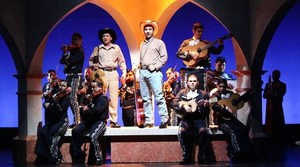So President Obama is proposing cuts of $22 million each in next year’s budgets for the National Endowment for the Arts and the National Endowment for Humanities, dropping them to $146 million in FY 2012 from $168 million in FY 2010 (Congress has not yet approved the 2010 budget), according to the Chronicle of Philanthropy. We knew it was coming, and — barring some dramatic intervention — the two will be lucky to escape the Congressional budget process with even those amounts intact. (Here’s a link to the budget page, which allows you to view it in PDF, Kindle, Nook and other devices. But neither the NEA nor the NEH occupy a line.)
 With such steep cuts, though, even culture lovers will have trouble making the argument that arts and humanities funding should be priviledged above spending for infrastructure, medical research, unemployment benefits, and so on.
With such steep cuts, though, even culture lovers will have trouble making the argument that arts and humanities funding should be priviledged above spending for infrastructure, medical research, unemployment benefits, and so on.
But in recent days there has been good news for what I believe may be the best argument for investing in the arts: their affect on creativity. It’s an area that is both least explored and potentially most powerful.
 Last week, the Bay Area Discovery Museum said it was creating a Center for Childhood Creativity. The CCC is a think tank, intent on raising “awareness of the critical need for nurturing childhood creativity;” providing “creativity-focused services for parents, educators, activists, corporations and policymakers;” generating “original research,” and setting “standards for creative programs for children in multiple disciplines;” and syndicating “content for maximum impact.”
Last week, the Bay Area Discovery Museum said it was creating a Center for Childhood Creativity. The CCC is a think tank, intent on raising “awareness of the critical need for nurturing childhood creativity;” providing “creativity-focused services for parents, educators, activists, corporations and policymakers;” generating “original research,” and setting “standards for creative programs for children in multiple disciplines;” and syndicating “content for maximum impact.”
That’s a big agenda, and I hope the “research” part doesn’t get lost in the shuffle. There’s a lot of wishful thinking that exposure to the arts contributes to creativity, but little if any proof.
This initiative probably would not be starting if America’s CEOs were not so concerned, which they are. You can see that in this press release.
As the release notes:
The Center for Childhood Creativity defines creativity as the capacity for original thought, new connections, adaptive reasoning, and novel solutions. Recent research by Kyung Hee Kim, an associate professor of educational psychology at the College of William & Mary in Williamsburg, Virginia, noted that children’s scores on the Torrance Tests of Creative Thinking (TCCT) have declined over the past 20 years. “The TTCT measures the creative mind more broadly; it measures creative potential in many diverse areas such as art, literature, science, mathematics, architecture, engineering, business, leadership, and interpersonal relationships,” stated Professor Kyung Hee Kim. “The results indicate that all of the scores … have significantly decreased or have significantly started decreasing. The decrease has been more in recent years than earlier years.”
The CCC already has a website, and list of advisors, including Daniel Pink and an NEH program officer. Richard Winefield is executive director of both the museum and the center — maybe not ideally. Perhaps that will change, as the Center grows.
The CCC will not help anything in the near-term, let along budgets for arts and artists and humanities programs. Longterm is another matter.
It seems intuitive that the arts must impact both childhood and adult creativity, but until we can prove it, for sure, that intuition won’t do arts organizations any good whatsoever.

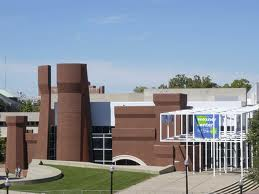

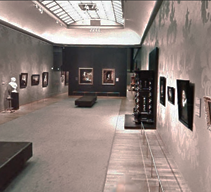 Not surprisingly, I’ve also heard that other museums are clamoring to be invited in by Google. People really think GAP is a gamechanger.
Not surprisingly, I’ve also heard that other museums are clamoring to be invited in by Google. People really think GAP is a gamechanger.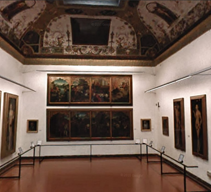 Much of C-Net reporter Daniel Terdiman’s interview,
Much of C-Net reporter Daniel Terdiman’s interview, 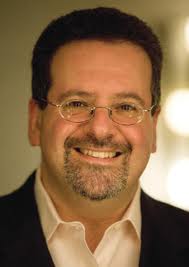 Opera companies are in the same position, only worse — they do charge upwards of $100 a ticket, sometimes way upwards of $100 a ticket. Yes, I know about subsidized tickets, but only so many people can get them, and the way they are sometimes distributed leaves out people who work and can’t stand in line.
Opera companies are in the same position, only worse — they do charge upwards of $100 a ticket, sometimes way upwards of $100 a ticket. Yes, I know about subsidized tickets, but only so many people can get them, and the way they are sometimes distributed leaves out people who work and can’t stand in line. 